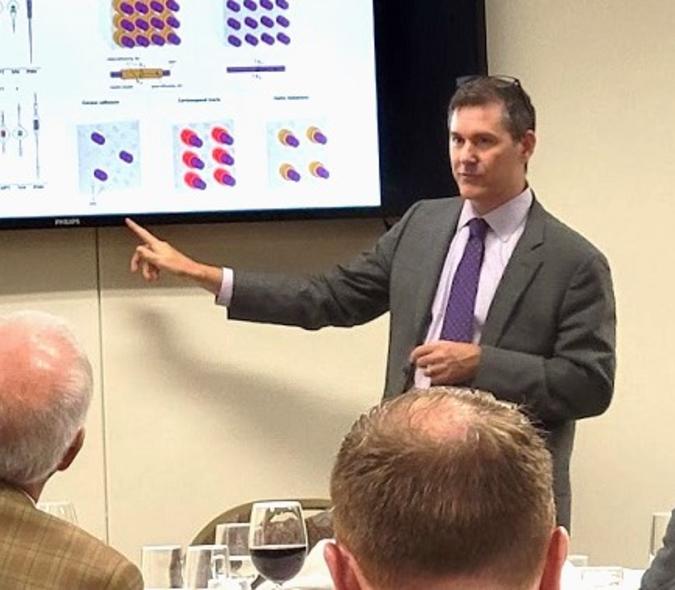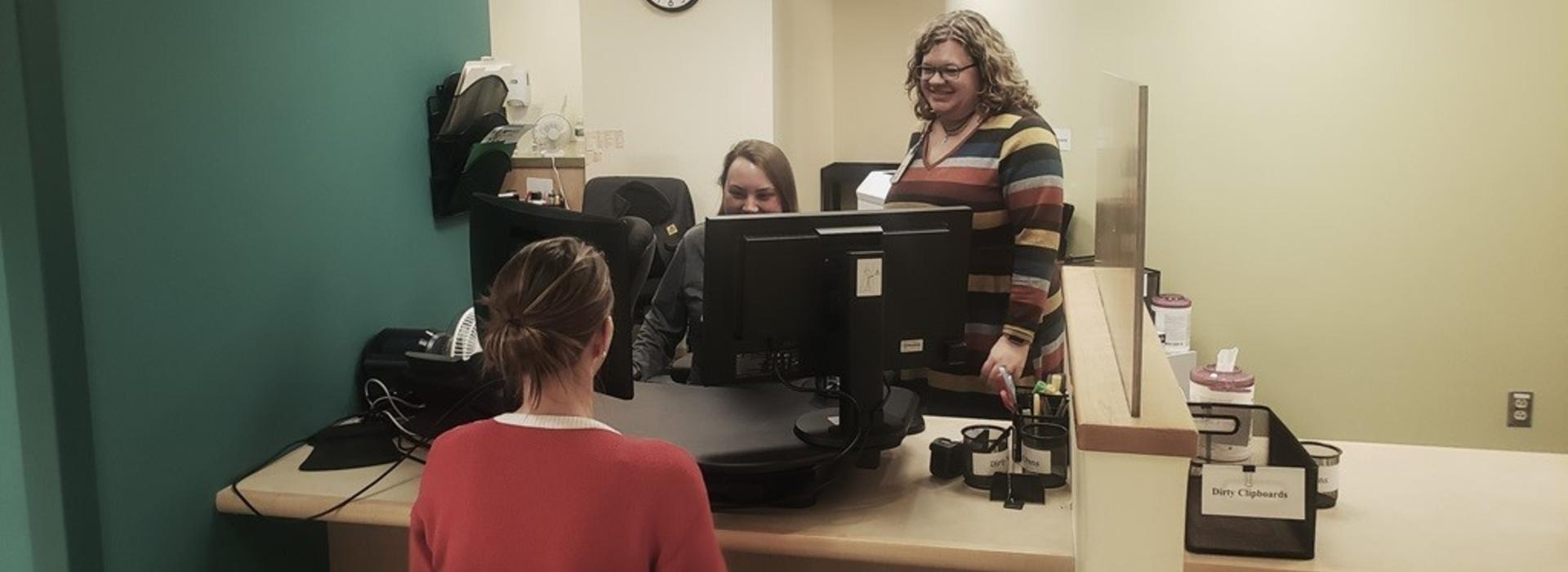
Team uses Japanese continuous improvement process to get patients to the right provider at the right time
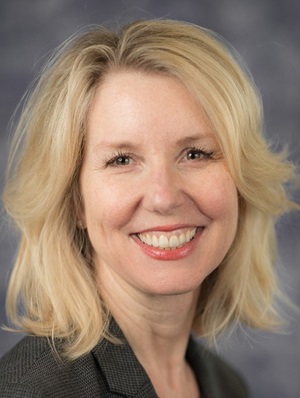
Streamlining patient access is the goal of a special team working with the M Health Fairview Neuroscience Service Line. “Many of our specialties such as neurosurgery have visit types that don’t align across our system,” said Shelley Novotny (pictured here), Neurosciences Service Line Manager. “We’re trying to consolidate that into a way to give patients the best opportunity for getting in to see the appropriate provider – at the right place and the right time.”
To achieve this goal, a team from the Enterprise Project Management Office of University Services helped convene what’s known as a kaizen project with the Department in May of 2023. Kaizen is a Japanese term meaning change for the better or continuous improvement. It is a business philosophy that continuously improves operational processes and is based on input from many employees.
"Long-winded kaizen"
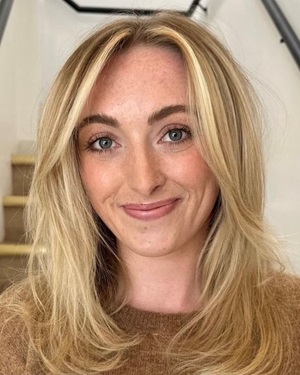
The team admits that it uses the term “kaizen” loosely. “This is a workshop-based process rather than making the traditional quick process improvements associated with kaizen,” said Molly Beugen (pictured here), associate consultant, Enterprise Project Management Office. “It’s a long-winded kaizen.”
In addition to Novotny and Beugen, others involved in the project include Mia Pettinger, senior project manager, M Health Fairview Project Management Office, Jon Rauen, Neuroscience Service Line Director, Leah Kann (pictured above with clinic schedulers), APRN, CPNP, Pediatric Neurosurgery Nurse Practitioner and Neurosurgery APP (Advanced Practice Practitioner) Supervisor, neurosurgery Nurse Practitioner Marnie Davis, and Eileen Jacobs, Neurosciences Service Line Manager. Daniel Guillaume, MD, from the Neurosurgery Department, and Anthony Bottini, MD, from M Health Fairview’s community neurosurgical practice, represent the physician’s perspective.
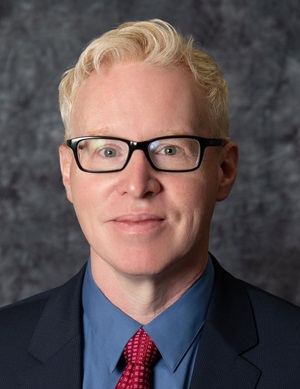
“We hope that this new process will achieve its goal — to get patients to the best provider in a timely manner — ultimately improving quality of care, efficiency and patient satisfaction,” said Guillaume (pictured here). “Plans are in place to track this process and make changes if needed.”
Getting needed information
Novotny, Kann, Davis, and Jacobs are subject matter experts (SMEs) for the project, helping gather information that moves the kaizen team through the in-scope work. “We want to make sure that appointments are set up appropriately and that patients can access the providers they need to,” said Kann. Pettinger is the SME for any required IT components; Beugen ensures that everyone gets the information they need in a timely manner.
What Kann likes about this model is, “The right players are involved rather than someone who just makes a decision that affects everyone. We’re all in the room talking about things and coming up with solutions together.” Novotny agrees. “Collaboration is essential,” she said. “Having key stakeholders being part of the process asking, ‘what about this,’ is crucial to making well-informed decisions.”
Eye-opening process
This has been an eye-opening process for Kann. “I didn’t understand how patients were scheduled before,” she said. “Being a patient in the system myself, I had found it frustrating that it wasn’t easier. Now, I see it from the scheduler and provider’s perspectives. When we go live, I’m hoping things will be more streamlined and easier for patients, providers, and schedulers.”
One of the challenges the team had to overcome concerned clinical reviews. “I’m the only reviewer on the pediatrics side, so if I get busy in the clinic, I may not be able to review referrals for a few days and those families are left waiting,” said Kann. The kaizen team believes they have solved that problem. “In the new process, we will go to knowledge holders to determine if a patient needs to see a surgeon within a week or to see an APP, reducing errors in scheduling that might delay the best pathway of care for the patient,” said Novotny.
IT support

To ensure that automated processes are aligned with the team’s decisions, there is a big group from IT working on this project. “We work with Informatics on new workflow design, which is then handed off to a team of IT specialists who enable it to work in Epic [the electronic healthcare record system],” said Pettinger (pictured here).
The team expects their work to go live in January of 2024. “I’m excited to see all of our efforts put into action,” said Novotny. “I’m hoping that we gain some efficiency and provide better care for our patients.”
The team is realistic enough, however, to expect some speed bumps after go-live. “This will be new to everyone,” said Kann. “You always have to give new processes a few months to get going and then reassess.” Beugen noted that her team will stay with the Department up to three months after going live. “Not everything will go perfectly,” she said. “We want to make sure the end result is what’s desired.”



